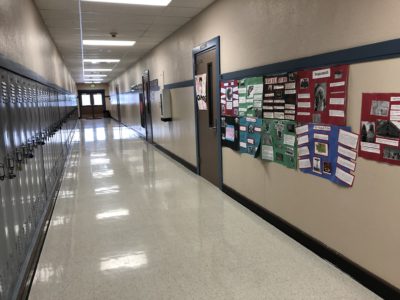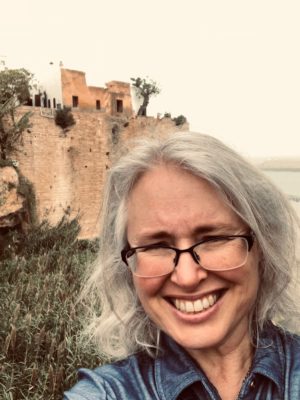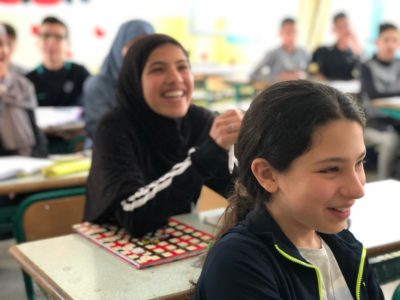
High expectations. The phrase has been bouncing around the education ether with increasing regularity over the years. As practicing educators, we know the “why” behind high expectations, but it is often easier said than done. Take my story. It is probably not unique, and other teachers may have buried away similar stories in their proverbial shoebox of “not-so-proud” teacher moments.
I share this story not as an omission of guilt or a way to vent, but as a window into the challenges that a multitude of novice (or not so novice) teachers encounter when trying to navigate the new territory of cultural competency in our practice.
In my first year of teaching 1st grade I did not hold all of my students to high expectations and one of my English Learner students suffered the most.
Continue reading


 As an educator in a rural district, I have spent many years observing how our students often have less access to the options that are readily available in larger and urban districts. For instance, in addition to fewer electives, we offer few opportunities for students to take AP or dual credit courses, forcing many of our best scholars to travel forty miles to a community college as Running Start students. Additionally, where other districts had classes to support students who failed the state assessments in math or language arts, we did not have the resources or staff to offer such dedicated courses. Instead, because we are committed to our kids, our staff has worked outside of the regular schedule to support them and create Collections of Evidence or prep for test retakes.
As an educator in a rural district, I have spent many years observing how our students often have less access to the options that are readily available in larger and urban districts. For instance, in addition to fewer electives, we offer few opportunities for students to take AP or dual credit courses, forcing many of our best scholars to travel forty miles to a community college as Running Start students. Additionally, where other districts had classes to support students who failed the state assessments in math or language arts, we did not have the resources or staff to offer such dedicated courses. Instead, because we are committed to our kids, our staff has worked outside of the regular schedule to support them and create Collections of Evidence or prep for test retakes.

 On May 9th, Governor Inslee signed a
On May 9th, Governor Inslee signed a